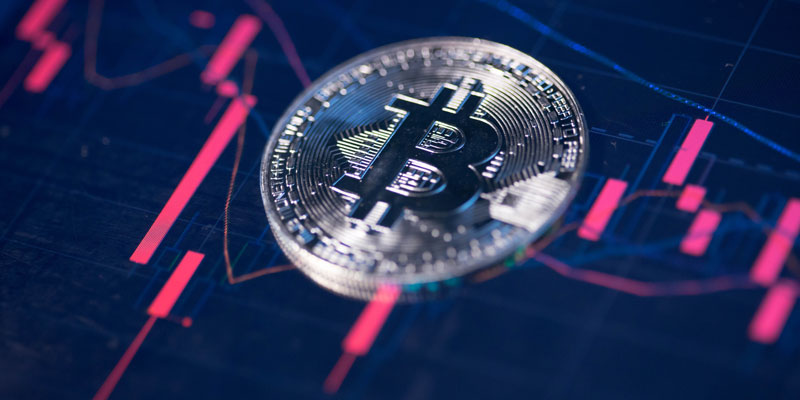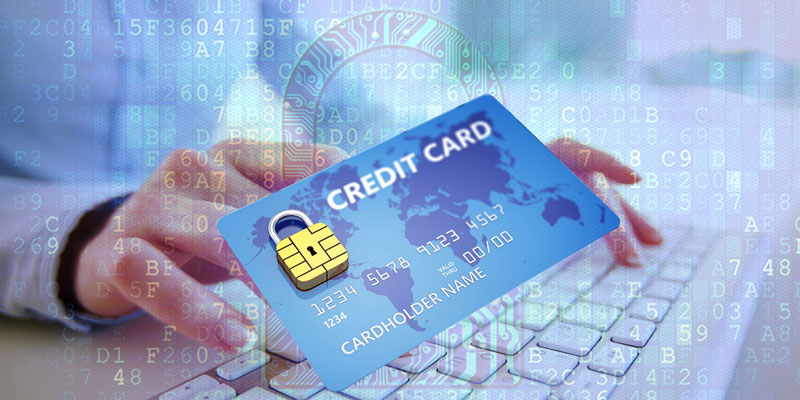A money market mutual fund is not the same as a money market account, which earns interest at a bank or credit union. Money market accounts (MMAs); sometimes known as money market deposit accounts (MMDAs), offer several advantages over other forms of reports. A higher interest rate and check-writing and debit card facilities are commonly included in money market accounts. They also have limits that make them less versatile than a standard checking account. To calculate net worth, they are crucial.
January 2022's Most Acceptable Money Markets Rates
An account in a money market can be a good option if you're a saver who values convenience. A debit or ATM card is typically included with the top money market accounts in addition to a competitive interest rate. Find the top money market accounts available right now in the list below. The FDIC ensures each of these accounts, so it doesn't matter how little money you have to start one.
No monthly fees on any of our top choices, except for CFG Bank, which waives its cost provided you have a $1,000 balance in your account. Online or via a mobile app, users may access these accounts. As with certificates of deposit (CDs), a money market account does not guarantee a set interest rate. The Federal Reserve's actions might alter the APY (annual percentage yield). Interest rates are essential when comparing money market accounts, but they aren't everything.
What are the Differences between a Money Market and a Savings Account?
A money market account has a more significant opening balance requirement than a savings account. With reduced minimum balance restrictions, certain high-yield savings accounts have recently begun delivering more substantial returns than regular savings accounts. A debit card or checks may be included with some money market accounts, although the institution may restrict its usage to no more than six times each month.
If you exceed that limit, certain services will charge an additional price. Despite the appealing interest rates, a high-interest savings account seldom allows a debit card or check writing. With the money market account, you can write some checks, but just a few, which has more excellent interest rates than a regular savings account.
Is a Money Market Account Insured?
Yes, as long as they are federally insured deposit accounts from a bank or credit union. The Federal Deposit Insurance Corporation (FDIC) provides up to $250,000 in depositor, bank, and ownership category insurance for most financial institutions, including those mentioned on this page. National Credit Union Administration (NCUA) up to $250,000 per depositor, per credit union, per ownership type if the account is with a credit union. Up to the insured amount, if a bank or credit union went out of business, you would not lose any of your money in the account. This is not the same as money market funds, which the federal government does not guarantee.
Savings vs. Money Market Accounts: Which Is Better?

Money market accounts have the advantage of paying more in interest than savings accounts. If you had a $25,000 money market account in December 2021, the average interest rate was 0.06 per cent, while the average savings account paid 0.04 per cent. Rates on money market accounts ranged from 1.25 per cent for $100,000 to 1.01 per cent for $2,500 in savings accounts.
There will be a more significant disparity between the two types of accounts when general interest rates are higher, as they were during the 1980s, 1990s, and most of the 2000s. Savings accounts cannot invest in CDs, government securities, or commercial paper. Thus they can't provide better interest rates than money market accounts. As inflation rises or falls, so do interest rates on money market accounts. If a depositor has a large sum in their history, the rate of interest compounding (annual, monthly, or daily, for example) can significantly influence the depositor's return.
Checking vs. Money Market Accounts
In contrast to checking accounts, the Federal Reserve Regulation D restricts depositors to a maximum of six transfers and electronic payments per month for money market accounts. Overdraft protection and pre-authorized transfers, telephone and electronic transfers, cheese or debit card payments to third parties, ACH transactions, and wire transfers are all affected by this rule.
A fee may be imposed on depositors who go beyond the limit. If they don't stop, the bank has to withdraw their transfer powers, put them in regular checking, or shut the account. 5 Customers can transfer infinite amounts of money in person (at the bank), by mail/messenger/ATMs (or any combination thereof). They have the option to deposit as much money as they like. 5
Mutual Funds vs. Money Market Accounts
In contrast to the numerous bank and credit union accounts previously discussed, money market mutual funds issued by brokerage firms and mutual fund companies are not covered by the FDIC or NCUA. However, banks are not required by law to provide mutual funds.) They are regarded as a shallow risk because they invest in short-term assets like CDs, government securities, and commercial paper. Cash deposited in either a money market account or a money market mutual fund can be withdrawn very immediately.
Unlike money market mutual funds, which are exempt from the six transactions per month limit set by the government, money market accounts are subject to this restriction. However, it is possible for the corporations that provide these accounts to impose restrictions on how frequently depositors can redeem their shares or insists that any checks they make cover a specific amount. Investing in money market mutual funds is better than investing in a savings account.
Money Market Accounts: A Brief History
For many years, the federal government restricted how much interest banks and credit unions could pay clients on their savings accounts. With interest rates so low that they couldn't compete with money market mutual funds, several institutions offered minor appliances like toasters and waffle irons to attract deposits.
Money market mutual funds were first introduced in the 1970s and are offered by mutual fund firms and brokerages.6 It was only after intense lobbying from banks and other financial institutions, Congress approved of the Garn-St. Germaine Depository Institutions Act in 1982 allowed these financial institutions to charge a "money market" account fee beyond the previously set ceiling on interest rates.




